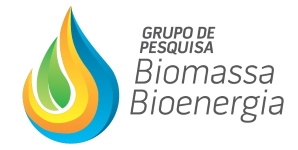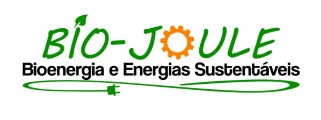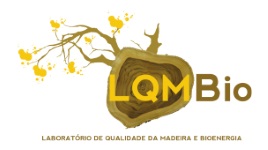DETERMINATION OF THE ENERGETIC PROPERTIES OF CHARCOAL FROM TWO AMAZONIAN SPECIES
06 - Charcoal
 1 WAGNER CÉSAR BENTES CARDOSO, 1 CEZAR DIAS CARDOSO JÚNIOR, 1 SILVINO MAGNO DE OLIVEIRA MOTA JUNIOR, 1 VICTOR HUGO PEREIRA MOUTINHO
1 WAGNER CÉSAR BENTES CARDOSO, 1 CEZAR DIAS CARDOSO JÚNIOR, 1 SILVINO MAGNO DE OLIVEIRA MOTA JUNIOR, 1 VICTOR HUGO PEREIRA MOUTINHO
1 UNIVERSIDADE FEDERAL DO OESTE DO PARÁ
Brazil stood out positively in the ranking of production and consumption of charcoal, in which it has an excellent application for the production of pig iron and also alloys of iron and silicon metal. In the energy sector, charcoal needs mechanical strength to withstand the load of iron ore in the blast furnaces, in addition, the charcoal yield as well as its apparent density are essential variables in the energetic scope. In this study, wood of breu (Protium apiculatum) and acariquarana (Rinorea guianensis) of the second cutting cycle of the FLONA- Tapajós forest management are mentioned, which are among those with the highest diametric growth, frequency and abundance of the new floristic composition and, consequently, for energy plantations. Therefore, the objective of this work was to evaluate the gravimetric yield, apparent density, MOR and MOE of charcoal originated from the mentioned species. The wood of the base of three trees was unfolded in samples with dimensions 20x20x40mm³ (tangential x radial x axial). After that, they were send to a kiln (100°C ± 2) in order to obtain the dry mass value and then to the muffle type electric using a heating rate of 1.7 oC.min-1 and with the final temperature of 400 oC, remainning at this temperature for 60 minutes. After the carbonization, the tests of gravimetric yield, apparent density and parallel compression to the fibers were carried out. Later, the samples were submitted to mechanical tests on a universal machine EMIC. The mean values obtained for apparent density were 0.382 and 0.663 g.cm-3 to Protium apiculatum and Rinorea guianensis, respectively, presenting significantly statistical differences between them. For gravimetric yield, MOR and MOE, statistical differences were not found, where the means were close to 38%, 15 MPa and 840 MPa respectively. It is concluded that both species have potential for energy production.
Keywords: mechanical strength; amazon; gravimetric yield.

























